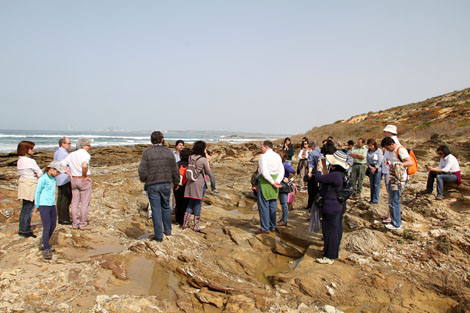 The 8th edition of the Festival Terras Sem Sombra returned to Baixo Alentejo, also bringing with it another biodiversity program full of novelties.
The 8th edition of the Festival Terras Sem Sombra returned to Baixo Alentejo, also bringing with it another biodiversity program full of novelties.
In addition to promoting the built religious heritage and music, projecting the Alentejo region into the international panorama, the Festival aims to promote the most interesting and genuine aspects of the landscape and local and national biodiversity, offering a set of parallel activities, making the “Shadowless Lands” a unique concept internationally.
Under a cooperation protocol with the Institute for the Conservation of Nature and Forests, municipalities, universities and other institutions present on the ground, Terras sem Sombra promotes, on the day following each concert, pilot actions to safeguard the biodiversity.
These initiatives allow volunteers from very different backgrounds or profiles – musicians, spectators, staff, members of local communities, etc. – collaborate, shoulder to shoulder, in activities useful for the preservation of biodiversity. Simple activities, but with a whole message aimed at decision makers and public opinion.
The actions take place on the Alentejo coast, one of the "hot spots" of Western Europe's biological diversity, which has a set of differentiated characteristics, which allowed the development of a mix of very particular and rare species, some of which are described as unique. in the world.
There are 750 existing species, of which more than 100 are endemic, rare or localized, and 12 do not exist anywhere else in the world.
Take the example of biscutella Vincentina, or diplomataxis Vincentina, and the hyacinthoides Vincentina, whose scientific names unequivocally attest to its limited distribution to this region of our planet.
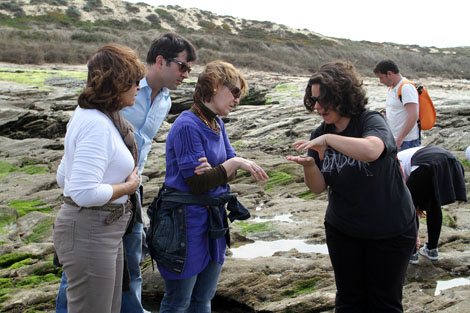 The southwestern sea is the place where there is the greatest diversity of marine organisms on the entire west coast of the country.
The southwestern sea is the place where there is the greatest diversity of marine organisms on the entire west coast of the country.
The cliff is the only one in the world where the white stork nests on sea cliffs. And this is the only place in Portugal where you can see the use of the marine environment by a colony of otters to search for food.
The fauna of the Natural Park of Southwest Alentejo and Costa Vicentina also presents some surprises. In addition to endemic species, the Park also receives a large number of migratory bird species, making it an internationally recognized migration study point.
In addition, the Natural Park of Southwest Alentejo and Costa Vicentina is classified as a Biogenetic Reserve by the Council of Europe, as a Special Protection Area for Birds, and as a Site on the National List of Sites included in the Habitats Directive.
The Cork Oak – National Symbol Tree – gives the landscape a Mediterranean stamp, due to its uniqueness and representativeness, and presents itself as one of the most important ecosystems in Europe.
It is a tree over 60 million years old, occupying 737 hectares of soil, more than 21% of the forest area in Portugal, accounting for 10% of national exports and producing 806 million euros of cork, making Portugal is the world leader, with about half of the global production in the cork sector (INE 2011 data).
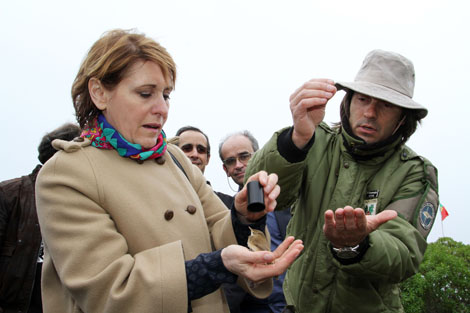
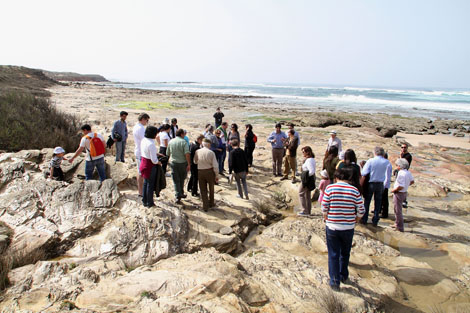
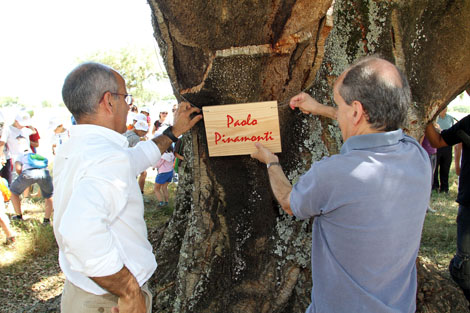



















Comments